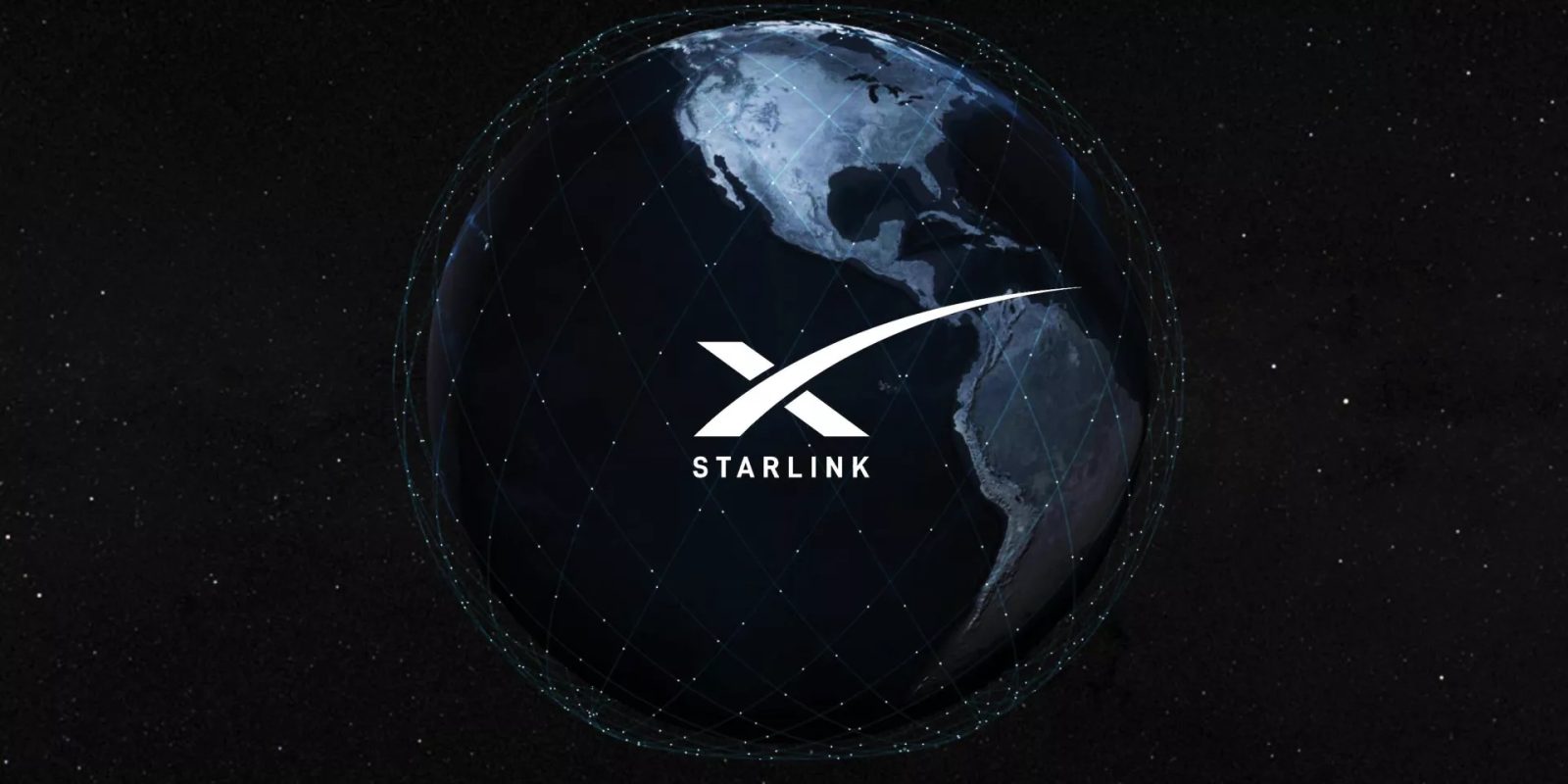
In a filing with the FCC Monday, SpaceX is revealed to be looking to add the 2GHz frequency to its Starlink license for use with “mobile users.” While we don’t know much about what this means, it could be the start of offering its service to cell phone users.
Update Aug. 26: Alongside this offering, SpaceX and T-Mobile are teaming up to bring service to cell phone users in dead zones and during an emergency. Read more here.
SpaceX’s satellite internet service, Starlink, has significantly expanded over the last few years. The number of satellites has skyrocketed this year, with SpaceX now operating over 2500 satellites in orbit with nearly half a million subscribers.
This expansion to the 2GHz frequency would mean its signals are less affected by obstructing objects and would be more friendly for smaller devices, like smartphones. The filing was first found by PCMag and describes how expanding Starlink’s coverage to 2GHz will benefit all Americans.
Americans are increasingly demanding connectivity wherever they are, whenever they want, and whatever they are doing. In particular, they have grown accustomed to being able to connect using small, hand-held devices that they can carry with them or affix to mobile platforms.
SpaceX per its FCC filing
SpaceX says it can achieve this capability due to its acquisition of Swarm, a nano-satellites technology company providing data for Internet-of-Things devices. SpaceX acquired the company in August of last year.
According to Monday’s FCC filing, existing Starlink satellites would not be capable of this “mobile service.” So instead, SpaceX stated it would attach new modules to the satellites and produce a small mobile device for users to connect to on the ground.
The small handheld device SpaceX is proposing would be used instead of the large dish that requires a wall outlet for power. However, the FCC filing doesn’t detail what this device will look like or exactly how large it will be.
Possible use in iPhones and other smartphones in the future
First reported in 2019, Bloomberg’s Mark Gurman reported that Apple has been looking into adding satellite connectivity to its iPhones. Could this “Starlink for mobile users” feature mean collaboration between SpaceX and Apple?
Probably not yet, but you can quickly draw the line between the two companies as it’s unlikely Apple will develop its own satellites. Other satellite constellation providers could compete to collaborate with Apple. OneWeb has been building out its LEO constellations for a few years now, and Amazon’s Project Kuiper is supposed to start launching soon.
LEO constellations would make the most sense for Apple as it provides lower latency than geostationary satellites from ViaSat or others. For example, SpaceX says its mobile service’s latency could be as low as 50 ms, which it states would not be noticeable to users. This sort of low latency service will be a requirement for Apple if it goes through with this satellite iPhone option. To start, Apple is expected to only use its satellite connectivity to serve as SOS beacons in areas without cell phone reception.
Right now, it looks like this mobile user Starlink service could be an add-on to an existing Starlink subscription, but we will have to wait for more details to come out if the FCC approves the application.
FTC: We use income earning auto affiliate links. More.



Comments